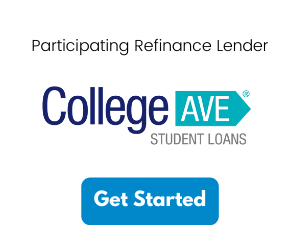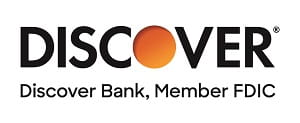Many employees can borrow up to $50,000 or half of their vested 401k balance, whichever is smaller, to cover college expenses. What are the reasons why students and parents should or should not borrow from a retirement plan to pay for college?
When a student or their family chooses to fund a college education, numerous aspects need to be taken into account. There has never been a simple answer to the question, “What is the best way to pay for college?” Each family's circumstances are unique, making the final decision a deeply personal choice.
Here are some things to consider when a student or a parent considers borrowing from their 401k retirement plan.
Arguments in Favor of Borrowing From a 401k
- With a 401k loan, the borrower is paying the interest to himself or herself instead of to a third party lender.
- Borrowers would rather owe the money to themselves than to a bank or the federal government.
- Obtaining a 401k loan does not require credit underwriting, so the borrower can get the money even if he or she has bad credit.
- The interest rate on a 401k loan is low, typically the Prime Lending Rate plus 1 or 2 percent.
- A 401k loan is not reported on the borrower’s credit history, even if the borrower defaults on the loan.
- A 401k loan is not secured by the borrower’s home.
- A 401k loan will not affect the student’s eligibility for need-based financial aid, if the loan proceeds are received after the student files the FAFSA (Free Application for Federal Student Aid) and are spent before the next year’s FAFSA is filed.
Arguments Against Borrowing From a 401k
- A 401k loan is a short-term loan, which must be repaid in 5 years. A 401k loan is best for short-term cash flow needs, not long-term debt. This makes it less suitable for financing a college education.
- If the employee loses his or her job, the 401k loan must be repaid in full within 60 days of the job loss.
- The money borrowed from a 401k is no longer working toward the employee’s retirement.
- The interest income on a 401k loan merely replaces the income the employee would otherwise have received had the money remained invested in the retirement plan. The return on investment may be greater than the interest income.
- If the loan is not repaid, it will be treated as taxable income. If the borrower is under age 59 1/2, the 401k loan will also be subject to a 10% early withdrawal penalty.
- The borrower cannot make further 401k contributions until the loan is repaid in full.
- Thus, borrowing from a 401k reduces the total amount of money that may be contributed to the employee’s retirement plan.
- The employee will lose the opportunity to receive the employer match on contributions to the employee’s 401k until the retirement plan loan is paid off in full.
- Using a 401k loan may cause the employee to have a shortfall at retirement. Most employees do not save enough for retirement. Employees should save a fifth of their income for the last fifth of their lives. But, on average, employees save only 7 percent of their income.
- Although the money in a 401k comes from pre-tax contributions, the retirement plan loan is repaid from after-tax dollars, leading to double-taxation on the loan payments. This causes the employee to lose some of the tax advantages of using a 401k.
- The interest on a 401k loan is not tax deductible, unlike the interest on a federal or private student loan or home equity loan.
- There are other forms of education financing available to help pay for college designed with favorable student benefits. For example, federal and private student loans include features such as deferment of repayment during the in-school and grace periods, repayment terms of up to 30 years, income-based repayment, and loan forgiveness and discharge options.
401k loans are best used as a last resort, if the borrower has no other options. For example, if a borrower is denied PLUS Loans and private student loans because of bad credit, a retirement plan loan may be the only form of financing available. Nevertheless, the borrower should explore other options first, such as taking a tax-free return of contributions from a Roth IRA.
What to Read Next
Best Private Student Loans for November 2024
How to Pay for College Without Financial Aid
Paying Tuition With a Credit Card
Fixed vs Variable Interest Rates












